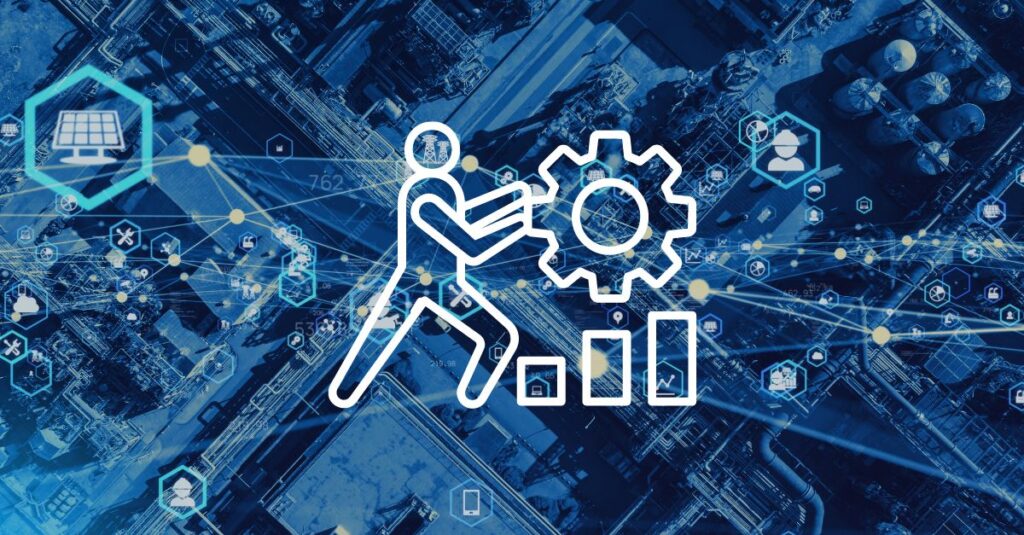Data Availability and Access:
Data access is often a significant challenge. Your value chain partners may be very early in their own journeys of accounting for their emissions and/or you may lack control or influence, especially as you get further up or down your value chain. Ideally, a company should be using primary data collection directly from supply chain partners with the largest spend and highest emissions. However, in the early stages, this data is often unavailable and most companies begin by making estimates using proxy data based on published emission factors. If firms want to move beyond estimated emissions and industry average data to the use of robust primary data, they will have to rely on their suppliers to be able to collect data. Collecting this data directly from suppliers through surveys or collaborative platforms to assess emissions associated with purchased goods and services can be challenging, but it is not impossible. Increasingly, companies are asking their suppliers to disclose their emissions using the CDP Supply Chain questionnaire. Requiring suppliers to provide data during the supplier qualification process is another way to encourage emissions data sharing in advance. In addition, suppliers may have several customers asking for the same information in a variety of formats. If your supplier has measured their emissions using a reputable methodology aim to be flexible in accepting this.
Limitations to Data Estimation:
At early stages, Scope 3 data is generated from fragmented, incomplete, and voluntary disclosures that often rely on estimates based on emissions factors. Many companies are forced to rely on industry averages to estimate their Scope 3 emissions, which may not be representative of the context or jurisdiction in which they occur. While data that relies on industry averages may help to identify where to direct further effort, your organization should be cautious in relying on it to support strategic decision-making. You will need to carefully document all these assumptions for subsequent years and when amendments and improvements in data quality are made. Reporting on the degree of uncertainty of estimates and other indicators of reliability is also important to provide full transparency to stakeholders.
Reporting on Non-Material Categories:
There are a total of 15 activity categories falling under the umbrella of Scope 3 emissions. Companies persistently choose to report on certain activities not because they are material or relevant, but because the data is easier to collect than other activities. Business travel is often the most reported category amongst corporations despite it typically accounting for less than 1% of most firms’ total emissions. Categories that are typically more material like the use of sold products require more effort to account for and are ignored by companies.
Consistency and Comparability:
The methods of measurement related to Scope 3 emissions are significantly less mature than the measurement of Scope 1 and 2 emissions. It is common to experience considerable diversity in your data sources and their underlying assumptions. Therefore it is important to view any Scope 3 estimates as a baseline for internal comparison of a company’s own GHG emissions over time, and not as a comparison between different companies. Even the GHG Protocol- the most widely used accounting standard for greenhouse gas emissions- itself only offers high-level guidance, and openly acknowledges the difficulty in aggregating and comparing Scope 3 emissions. The lack of a detailed methodology for Scope 3 is a cause for concern for most firms.
Liability Associated with Incomplete Data
Disclosing estimates and imperfect Scope 3 data could result in repercussions for companies in the form of private litigants and reactions from stakeholders. While regulations may include safe harbors for scope, firms still need to take action to mitigate and control the reactions from stakeholders through transparency in how they are calculating Scope 3 and using science-based targets. Regardless of regulatory requirements, there is increasing market pressure to disclose. Corporations that are worried about the quality of their Scope 3 data and the possibility of facing legal challenges should be aware that many regulators and standard setters are making it clear that they do not expect large swathes of detailed and perfect Scope 3 data overnight. Most requirements for Scope 3 that are cropping up in rules around the globe, come with generous provisions for estimation, phase-ins, safe harbors, and other reliefs.
While complaints about data and estimation challenges are widespread, this should not get in the way of attempts to report and reduce Scope 3 in the pursuit of a meaningful and actionable emissions profile. With Scope 3, the calculation exercise is less about a holistic number or percentage, but more so the good faith effort to determine what emissions within the value chain have the most impact, and what is most material from a risk perspective to the company. Out of all the emissions categories, Scope 3 is most built on estimates and assumptions and is a tool by which companies can reflect on their exposure to transition risks in the supply chain. If a company only considers its direct emissions, there would be little knowledge of where they have the opportunity to engage in low-carbon practices, products, or investments.
How WatchWire Can Help?
After a firm decides to start tracking their emissions and Scope 3 in particular, it is important to understand a few basics of the carbon accounting process. Carbon Accounting requires access to accurate real-time and historical energy data that can be traced back to the source, easily audited for compliance and rooted in international standards for GHG emissions factors. Spreadsheets and Excel are likely not enough when trying to run data-accurate calculations across multiple business operations and with differing sources of emissions. The enhanced liability risk, and productivity loss associated with older methods of calculation necessitate outsourcing the management and collection of GHG data by a cloud-based software entity.
WatchWire contains a wide variety of reports within our Reporting module to help you analyze and distribute your energy and sustainability data. Of the over 30 standard reports the platform allows you to generate, 3 are specifically designed for carbon accounting inventories and roll ups of data. WatchWire allows users to generate custom scope 1, 2 , and 3 GHG emissions reports with performance comparisons across portfolios and buildings. WatchWire calculates emissions based on the Greenhouse Gas (GHG) Protocol’s Corporate Standard and uses industry-standard emissions factors in the US and internationally.
More About WatchWire
WatchWire by Tango is a market-leading, energy and sustainability data management platform that uses cloud-based software to collect, automize, and analyze utility, energy, and sustainability data metrics. WatchWire streamlines, automates, and standardizes your sustainability reporting process by integrating directly and/or providing reporting exports to ENERGY STAR Portfolio Manager, LEED Arc, GRESB, CDP, SASB, GRI, and more. The platform provides customizable dashboards, which allow asset managers, sustainability managers, engineers, and more to monitor individual key performance indicators (KPIs) and create custom views for specific use cases.
To learn more about WatchWire and its capabilities, you can visit our website, blog, or resource library, request a demo, or follow us on LinkedIn, Instagram, or Twitter to keep up-to-date on the latest energy and sustainability insights, news, and resources.
 Top Sustainability Trends to Watch in 2025
Top Sustainability Trends to Watch in 2025

 Log In
Log In









